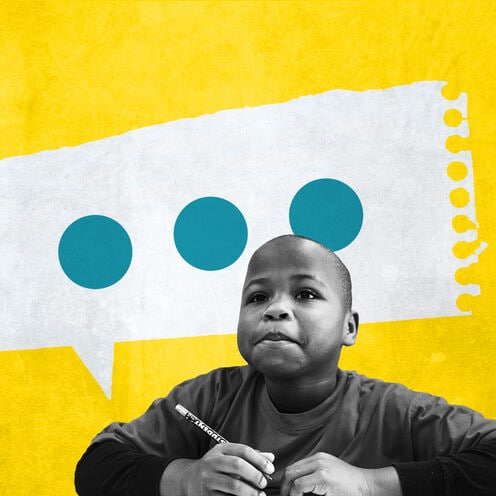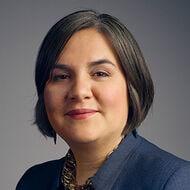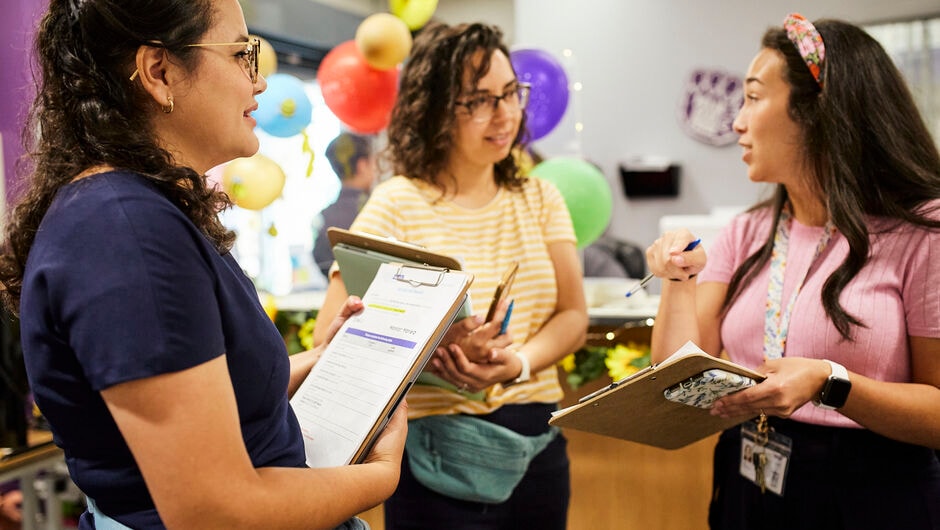
Children Will Ask Questions About Race. How Will Teachers Answer Them?
Lawmakers can limit what topics educators teach in their classrooms but not students’ natural curiosity.
Each spring during the kindergarten civics unit, my students and I explore the concepts of rules, laws, authority, and government.
My students sit in a circle on the floor while I read “Speak Up,” a picture book about taking action. The book poses the question: “When a rule just isn’t fair or has gotten much too old, can you change it?”
Without prompting, my students always answer in unison with a resounding “YES!”
They answer yes because they know that there was once a rule that said that their classmates would have to attend separate schools—if they were allowed to attend school at all. They answer yes because they know there was a rule that said that African and African American men, women, and children were property to be owned. They answer yes because they know there was a rule that banned African Americans from learning how to read and write.
They answer yes because they know that despite these rules, people fought, resisted, made speeches, marched, and sang. And the rules changed.
In my classroom, I encourage students to speak out and stand up for what is right. I introduce them to different people, cultures, and languages. We recognize and discuss the differences among our classmates and celebrate those differences.

In my classroom, I read picture books to kindergarteners about the Children’s Crusade of 1963, civil rights protests, segregation, and the Tulsa Race Massacre of 1921. Through these stories, my Columbia, Missouri, students learn about strength in resistance, the power of unity, and the pride in being who you are. I do this because I know they cannot make sense of the world around them without knowing its history—its true history.
But in Missouri—and many other states—lawmakers are targeting these kinds of lessons. During this year’s legislative session, PEN America, an organization that defends free expression, identified 21 Missouri House and Senate bills that threaten to limit how K-12 teachers explore certain “divisive concepts.” While most of these bills did not advance beyond committee and none were passed, I expect the conversation to continue during the next session. Identified as “educational gag orders” by PEN America, these types of bills could affect how educators talk about racism, sex, history, activism, and other topics in Missouri classrooms.
In essence, that legislation could affect educators’ ability to tell the truth, center narratives from marginalized communities, and talk about our nation in all its storied and upsetting history. Teachers may decide the only safe way to teach is to avoid these topics. That would be a disservice to children. And it won’t stop them from wanting to know more about history, people, and current events—and asking questions about them.
For those who think, “Aren’t they too young to learn such content?” My response is no because they aren’t too young to already encounter it.
As much as people outside of education want to control what is being talked about in the classroom, oftentimes I can’t even control it. In an average week, a student might mention that my skin is darker than theirs, or they might talk about and share the language their family speaks at home. They express worry about what is occurring in their neighborhood, city, country, and world.
These are topics directly initiated by 5- and 6-year-olds. I just nurture their curiosity.
I gather the resources. I facilitate the discussions. I communicate with the families. I value the inquiry, and I follow their lead. I commit to fostering these conversations because what kind of teacher would I be if I did not attend to the curiosity and inquiry of my students?
During one recent reading of “Let the Children March,” a little girl raised her hand to offer advice. The story documents the experience of thousands of children that participated in a 1963 civil rights march after hearing the Rev. Martin Luther King Jr. speak in Birmingham, Alabama. “They better be careful,” she said. “They gonna get shot for marching.”
I asked her why she thought that, and she replied, “That’s what they do on TV.” What she saw on television is not something I showed in our classroom; it’s something she viewed outside of school.
As I continued to read and show the illustrations of the children getting bitten by dogs, sprayed with hoses, and thrown in the back of police wagons she asked, “Is this a long time ago?” I affirmed, and I could see the gears in her head moving. She was making a connection—a text-to-world connection. People getting hurt while protesting not only happened during this day and age, it also happened in 1963.
Get more articles like this delivered to your inbox.
The monthly ‘One Day Today’ newsletter features our top stories, delivered straight to your in-box.
Content is loading...
Educators are often encouraged to be their authentic selves in the classroom—to be honest and true. As someone who celebrates and values Black history every day, I do this by using content that extends beyond the curriculum, and I know I’m not alone. I know that like my students, there are others learning that rules can be changed—and that they can be the ones to change them. We have explored this historical truth.
Children’s wonders, questions, ideas, and voices must be heard and acknowledged in schools. They witness injustice in their neighborhoods. They watch news reports, TikTok videos, and Instagram stories that highlight the unfair treatment of people who look like them. They are naturally inclined to be inquisitive and question authority.
It’s not the educators that lawmakers should be worried about breaking these laws, it’s the children. They will be the ones to speak up and march for change.
The opinions expressed in this piece, and all others in our Opinion section, represent those of the authors and do not necessarily reflect the views and opinions of the Teach For America organization.
We want to hear your opinions! To submit an idea for an Opinion piece or offer feedback on this story, visit our Suggestion Box.
Sign up to receive articles like this in your inbox!
Thanks for signing up!
Content is loading...








